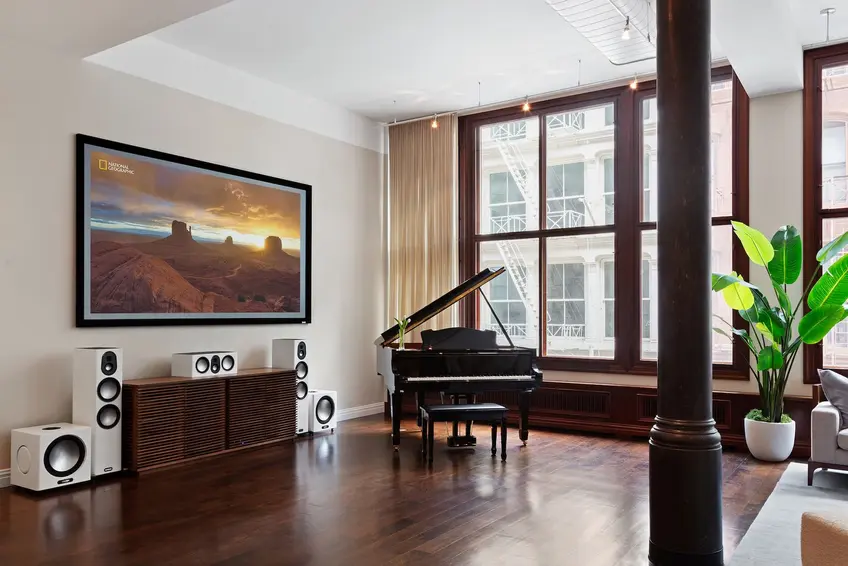
Between prestigious Upper East Side auction houses, hip downtown galleries, and art fairs taking place all over the city throughout the year, New York City is an art-lover’s paradise. The logistics and realities of hanging a treasured piece in an apartment, though, can have a way of dimming the afterglow of a successful find.
This article explains everything casual collectors and serious art connoisseurs need to know about hanging art in their apartments. Additionally, we take a look at listings with walls expansive enough to proudly display an art collection.
This article explains everything casual collectors and serious art connoisseurs need to know about hanging art in their apartments. Additionally, we take a look at listings with walls expansive enough to proudly display an art collection.
In this article:
Casual Collectors
One of the biggest challenges for renters is how to hang pictures without putting holes in the walls or otherwise causing damage that would put a security deposit at risk. Owners might have more leeway with putting holes in the walls to hang a painting, but this will nevertheless be something that buyers notice when it’s time to sell.This is not to say that New Yorkers are doomed to blank walls. Adhesive hangers are a renter’s best friend – they can hold a good portion of weight and come off the wall without leaving residue behind. Masking tape, sticky putty, and washi tape can also be used to hang simple posters (and as an imaginative frame in the case of washi tape), but residents should be mindful of how cleanly these materials can be removed (e.g., that they won’t pull up paint or leave residue behind).
Whatever hangers you decide on, pay attention to the weight limits listed on the directions. Not only could this result in damage to a too-heavy piece, but it could also damage the walls and the floor, leading to more damage than a little hole in the wall.
It is also worth noting that walls are not the only place to display art. Lifestyle blogs suggest that if you have the square footage for it, using an easel to display a piece of art would turn into the focal point of a room. Additionally, if you have a decorative fireplace, the mantle serves as a natural frame.
It is also worth noting that walls are not the only place to display art. Lifestyle blogs suggest that if you have the square footage for it, using an easel to display a piece of art would turn into the focal point of a room. Additionally, if you have a decorative fireplace, the mantle serves as a natural frame.
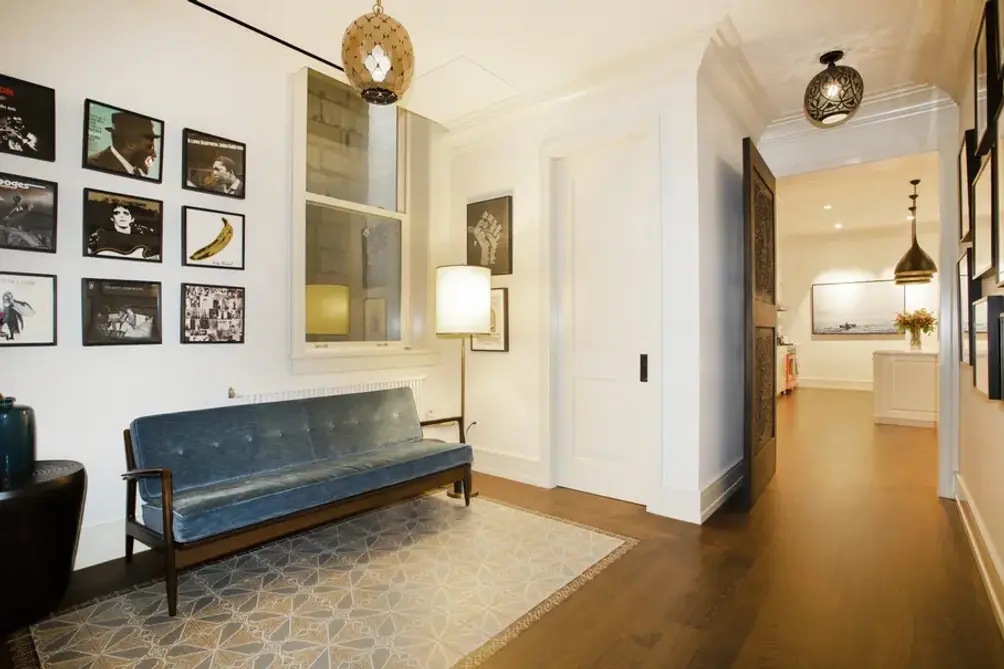
Serious Collectors
Before the 847-foot-tall Sutton Tower took shape, a nearly 1,000-foot-tall tower designed by Foster + Partners was rumored. Upon hearing the news, an art collector living in The Sovereign, a nearby cooperative, lamented that it would block out the light that illuminates one of her Picassos.It reads almost as a parody of wealthy New Yorkers, but lighting does need to be taken into account where a high-quality art collection is concerned. It has a significant influence on where to hang a work of art for the best effect during the day. But when the sun goes down, the right lighting can make or break a painting. Some opt for picture lights that attach to the frame; others, however, opt to install track lighting or recessed lights to illuminate a series of works, if they have not expressly bought an apartment with this feature. Whatever lighting you choose, LED bulbs are less damaging to art than UV bulbs or halogen lights.
The potential for UV ray damage means art should be kept out of direct sunlight – note the placement of this art collection in a Union Square loft. This is easier said than done with the city’s new crop of all-glass buildings, but the right frames can protect the art from damage. This can mean thinking beyond frames purchased at Target or the nearest art supply store and sending the piece to a professional with museum glass and Plexiglass at their disposal.
Light is not the only way a work of art can be damaged; temperature extremes can also be highly detrimental to valuable art. Indoor temperatures should be kept within a 20-degree Fahrenheit range to avoid damage, and museum standard temperature is 65 degrees Fahrenheit. This is where central heating and air conditioning, if not smart thermostats, can come in handy.
This is enough for some art collectors, but others are prepared to take this further by using humidifiers in winter and air conditioning in summer to keep humidity levels at the stable environment of 40-60% relative humidity that is best for artwork. To further keep humidity damage at bay, hang your pictures away from water pipes, heaters, and heating and cooling vents. They should also be hung away from windows, the better to avoid damage from sudden downpours.
This is enough for some art collectors, but others are prepared to take this further by using humidifiers in winter and air conditioning in summer to keep humidity levels at the stable environment of 40-60% relative humidity that is best for artwork. To further keep humidity damage at bay, hang your pictures away from water pipes, heaters, and heating and cooling vents. They should also be hung away from windows, the better to avoid damage from sudden downpours.
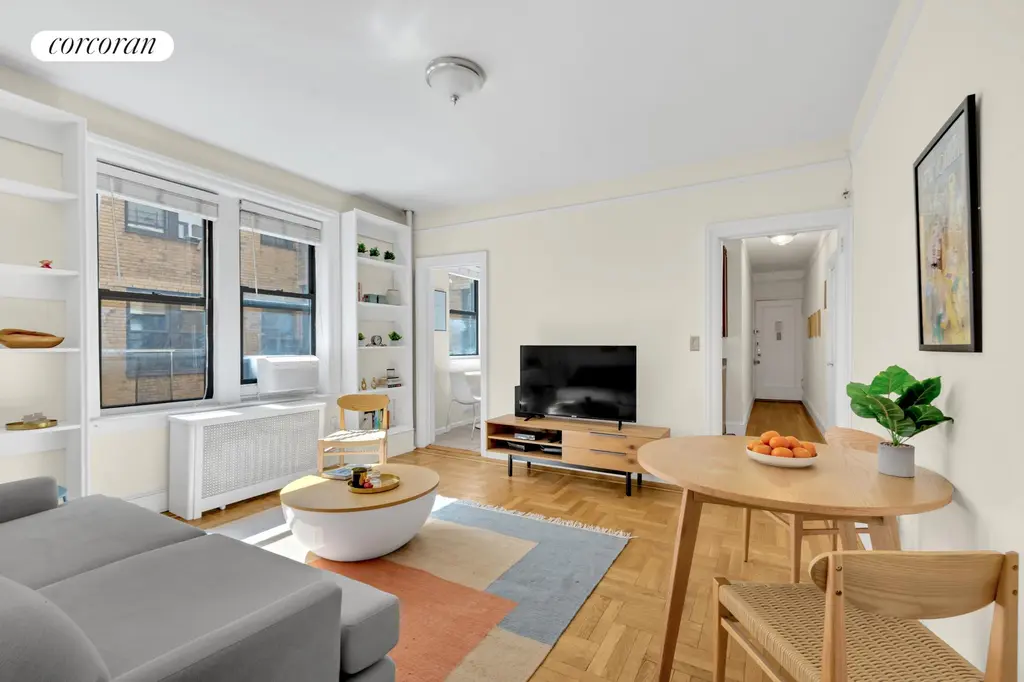
315 East 77th Street, #4E (Corcoran Group)
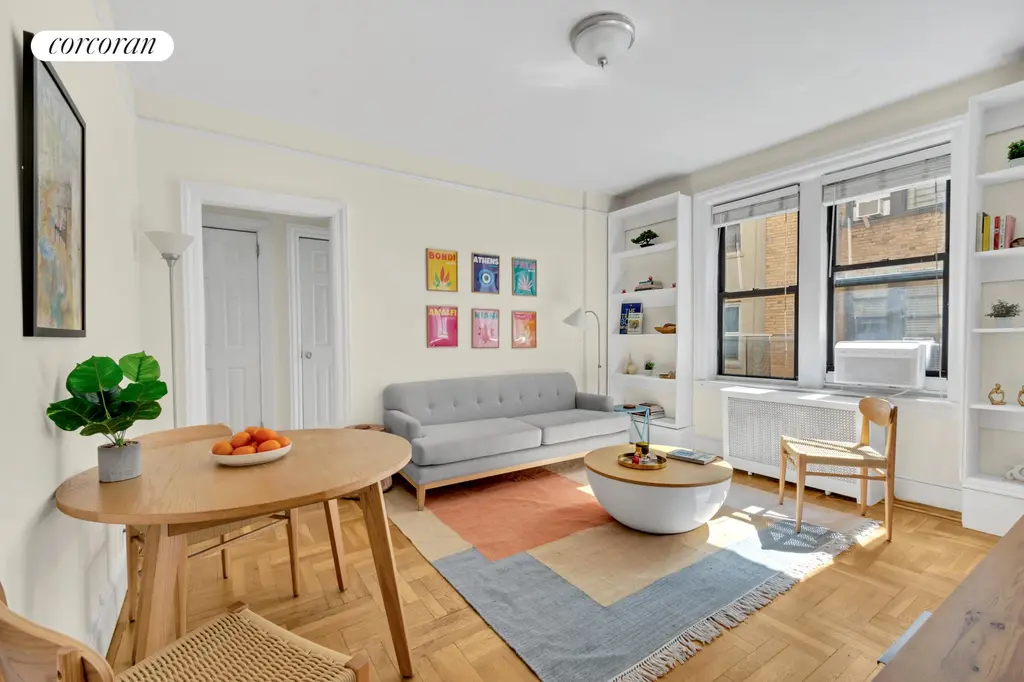
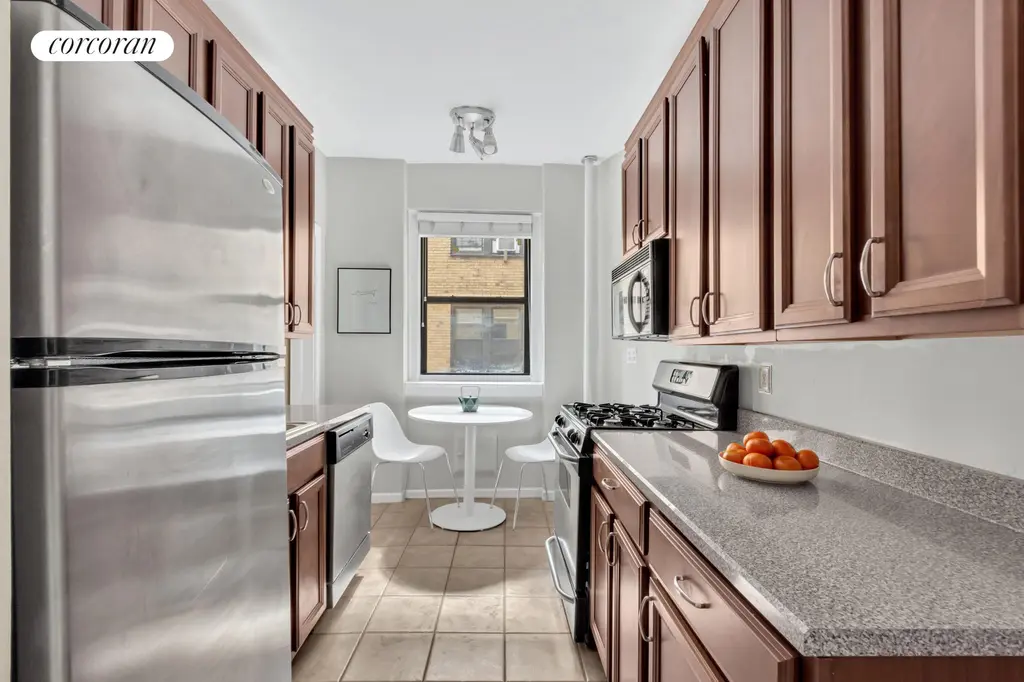
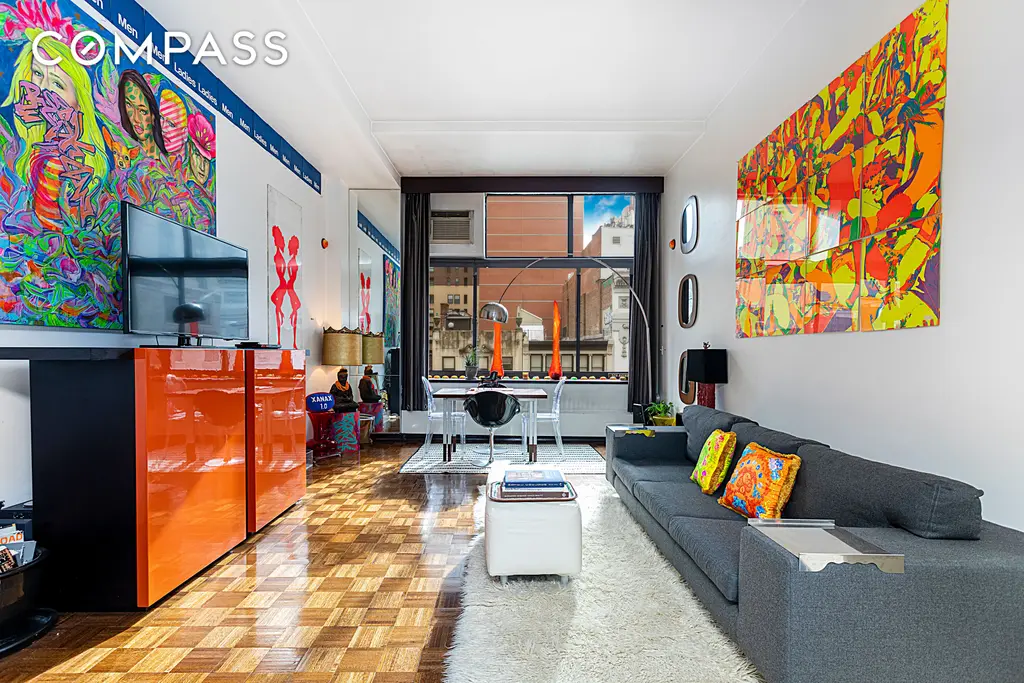
372 Fifth Avenue, #5J (Compass)
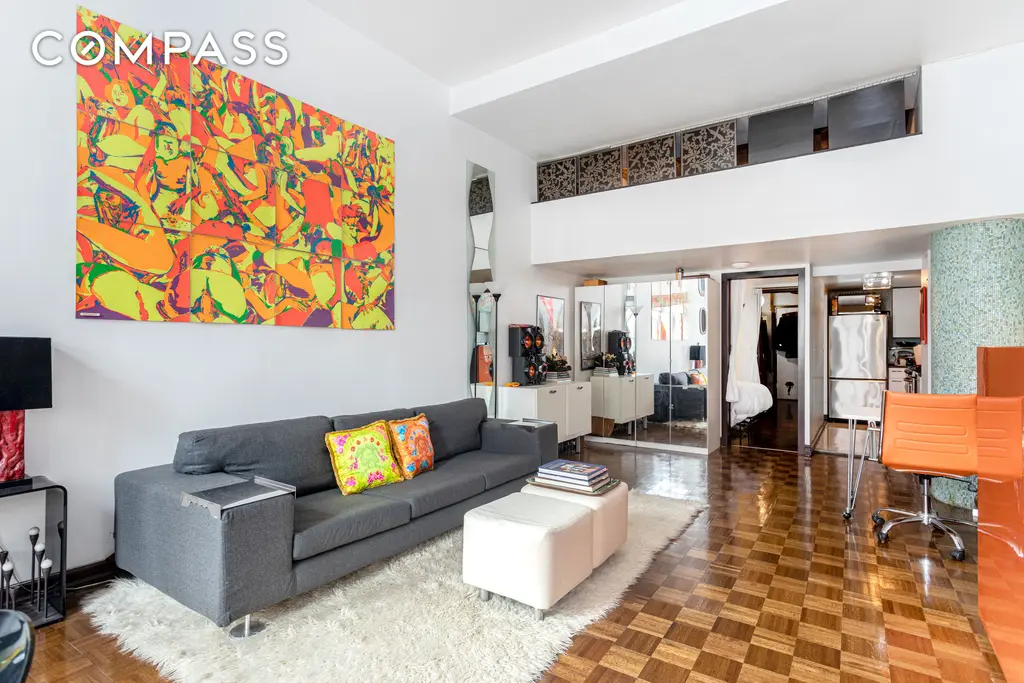
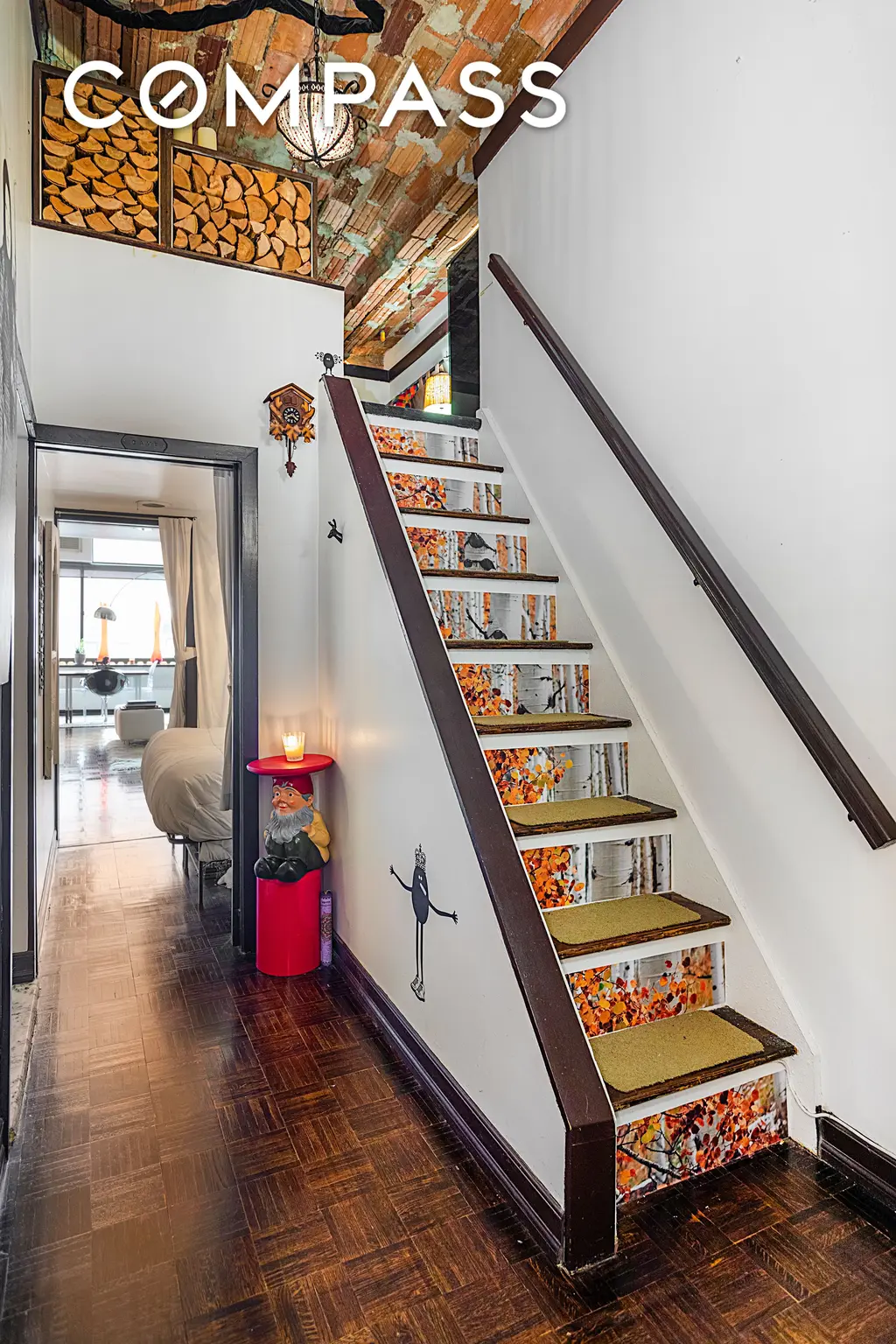
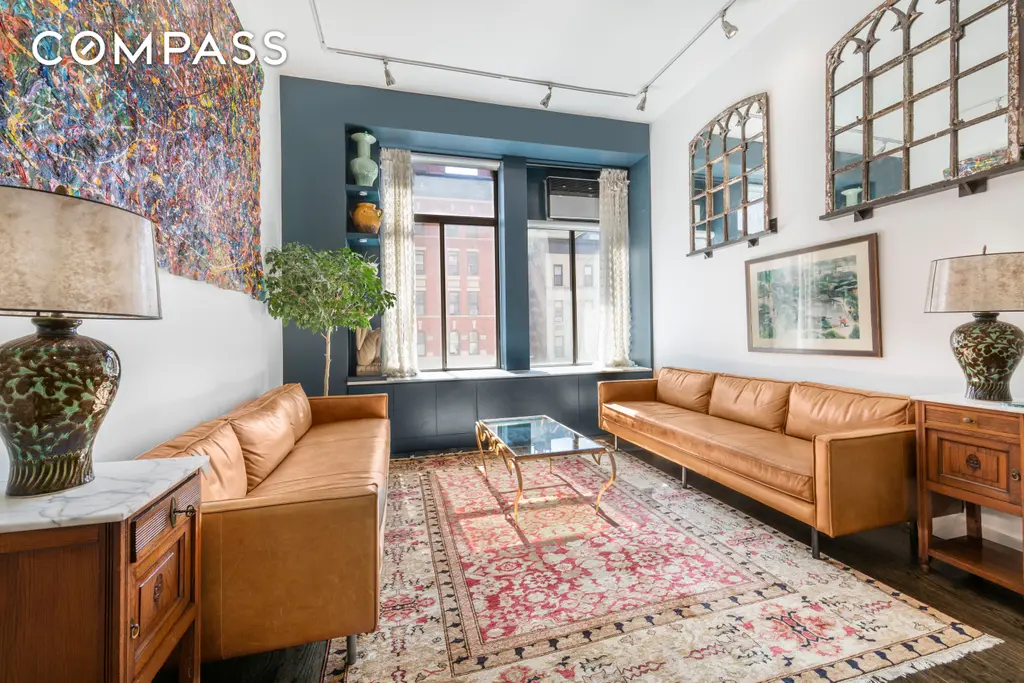
The Park and Tilford, #3E (Compass)
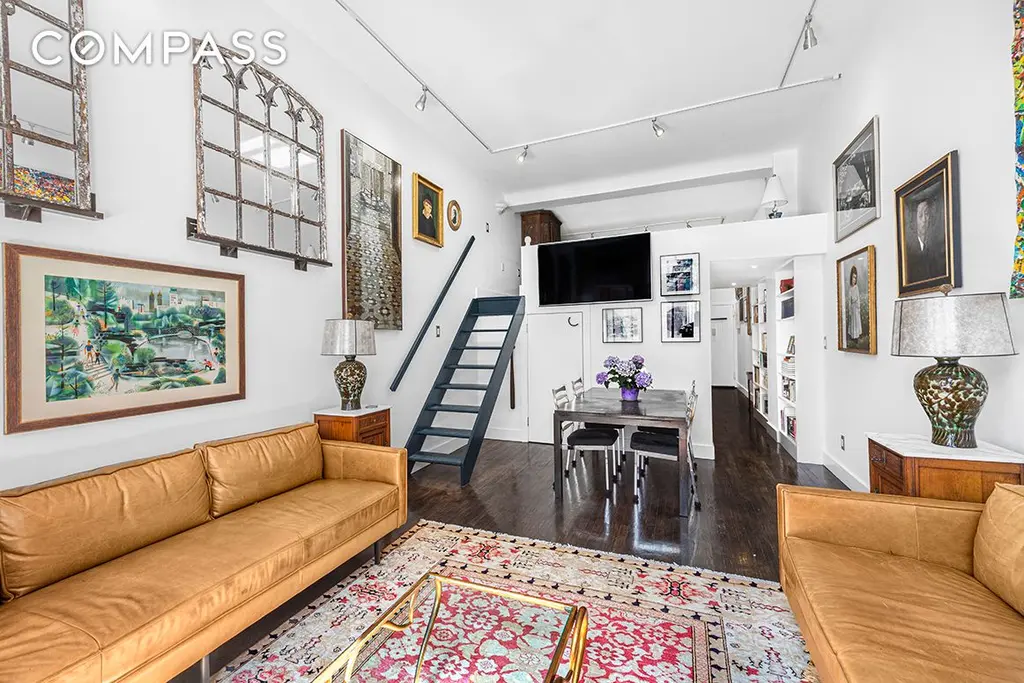
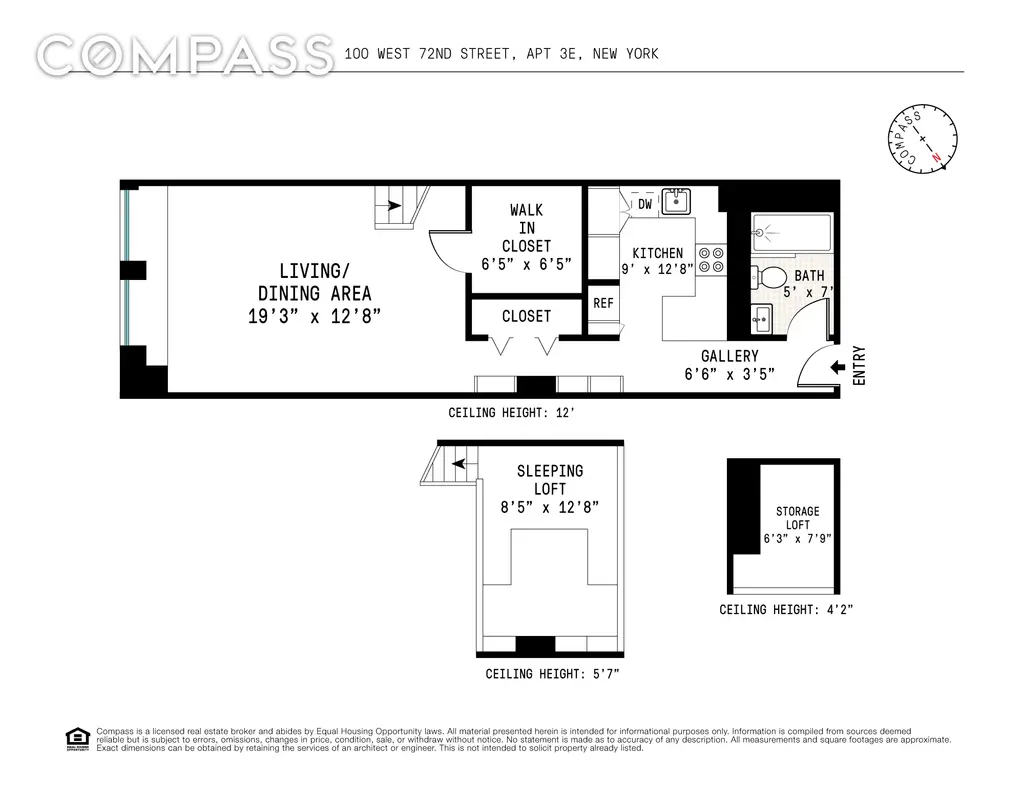
Would you like to tour any of these properties?
Just complete the info below.
Or call us at (212) 755-5544
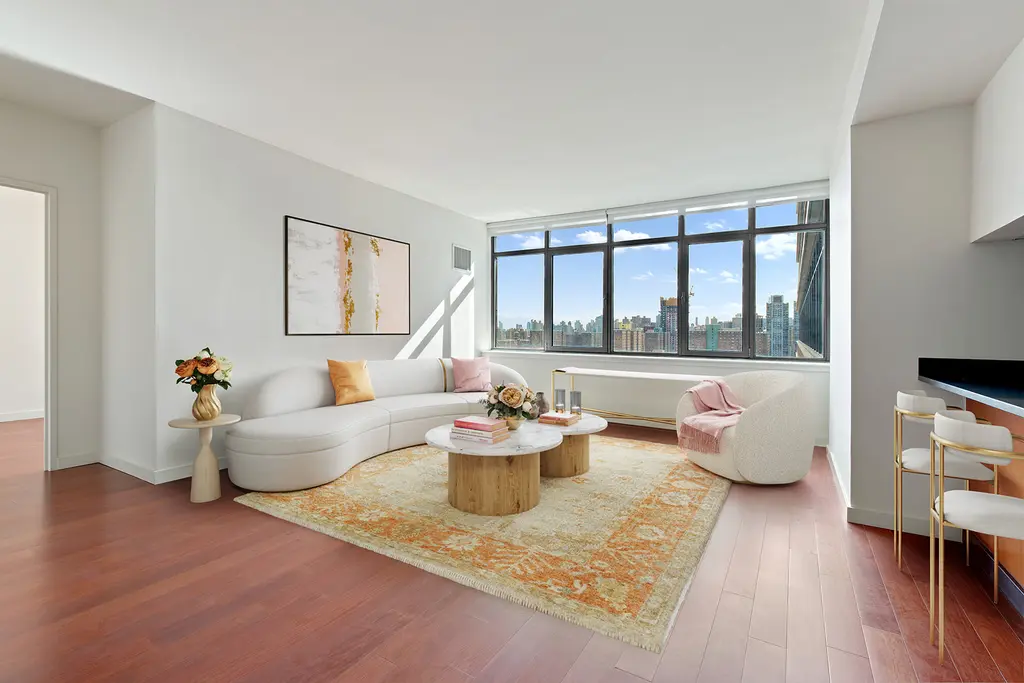
5th on the Park, #16D (Corcoran Group)
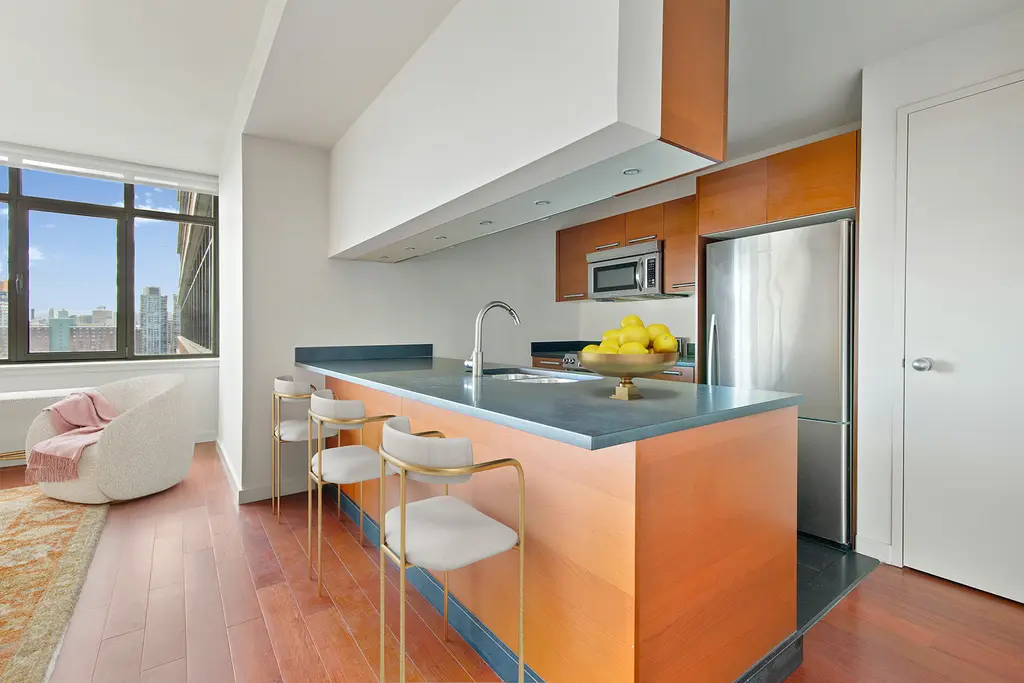
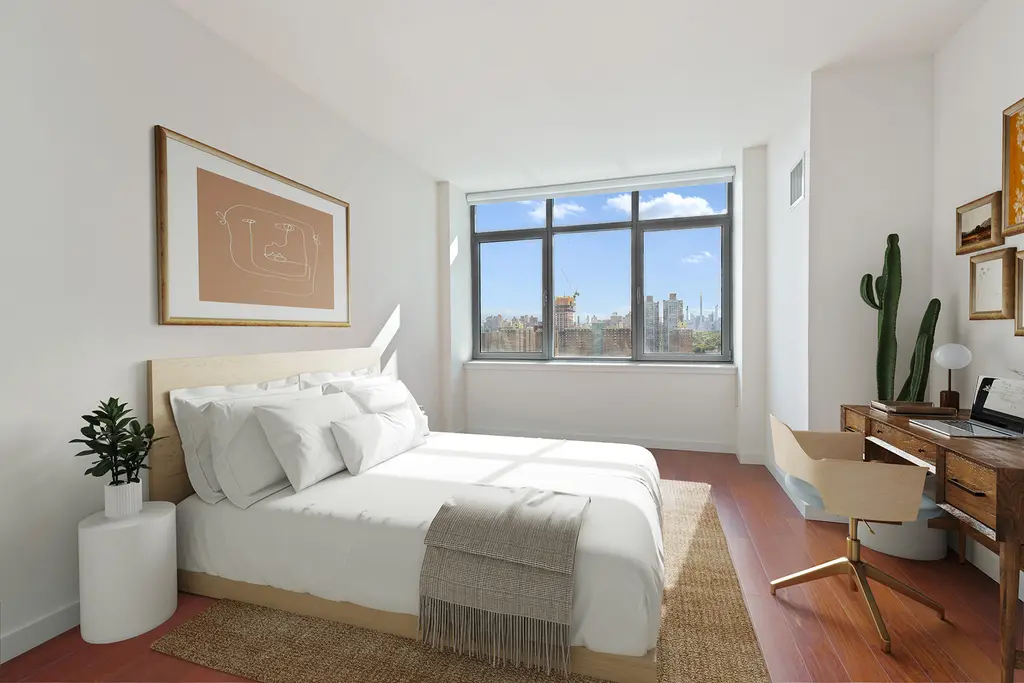
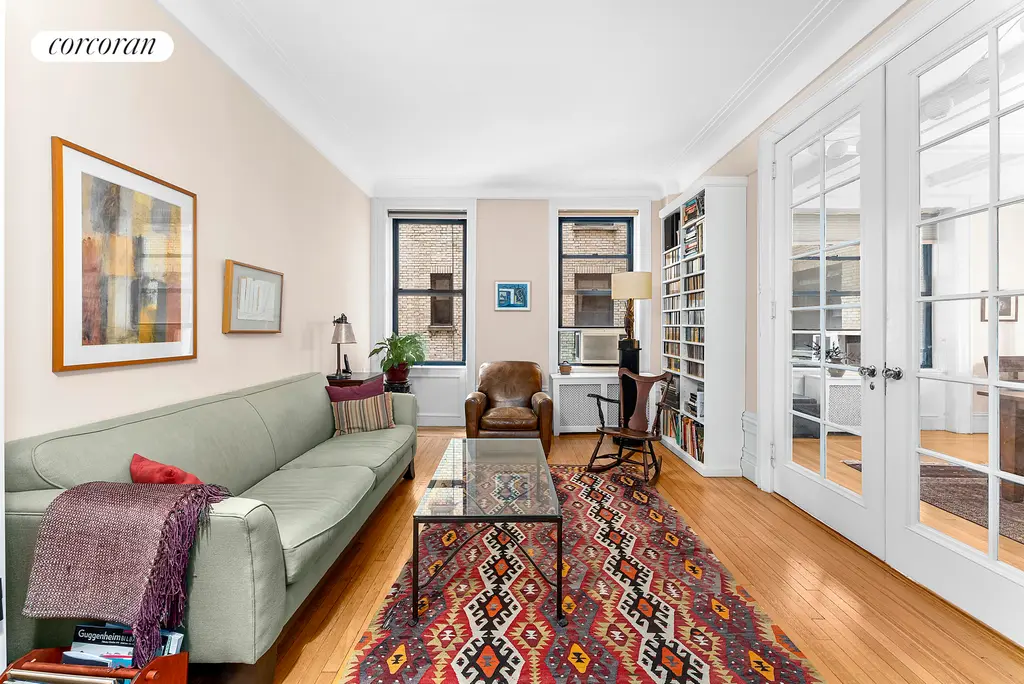
The Gramont, #5C (Corcoran Group)
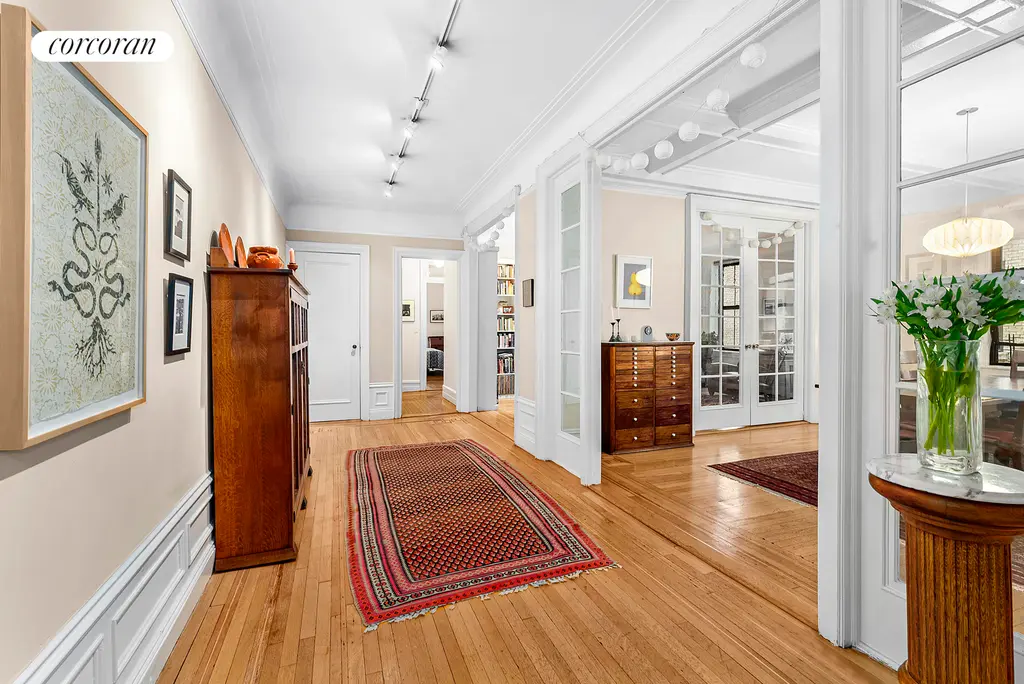
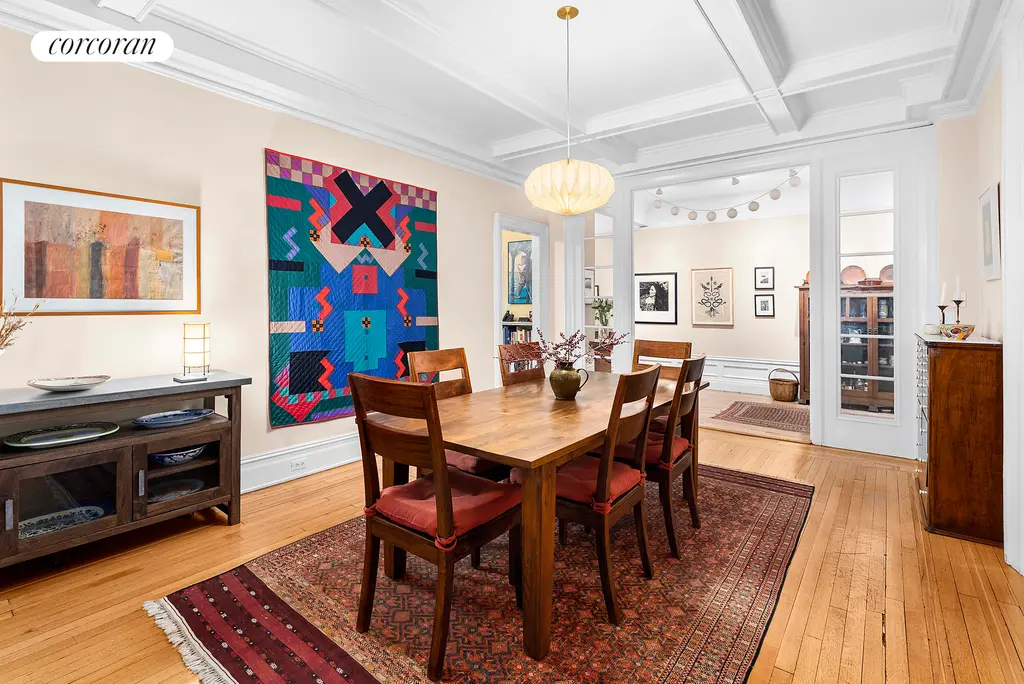
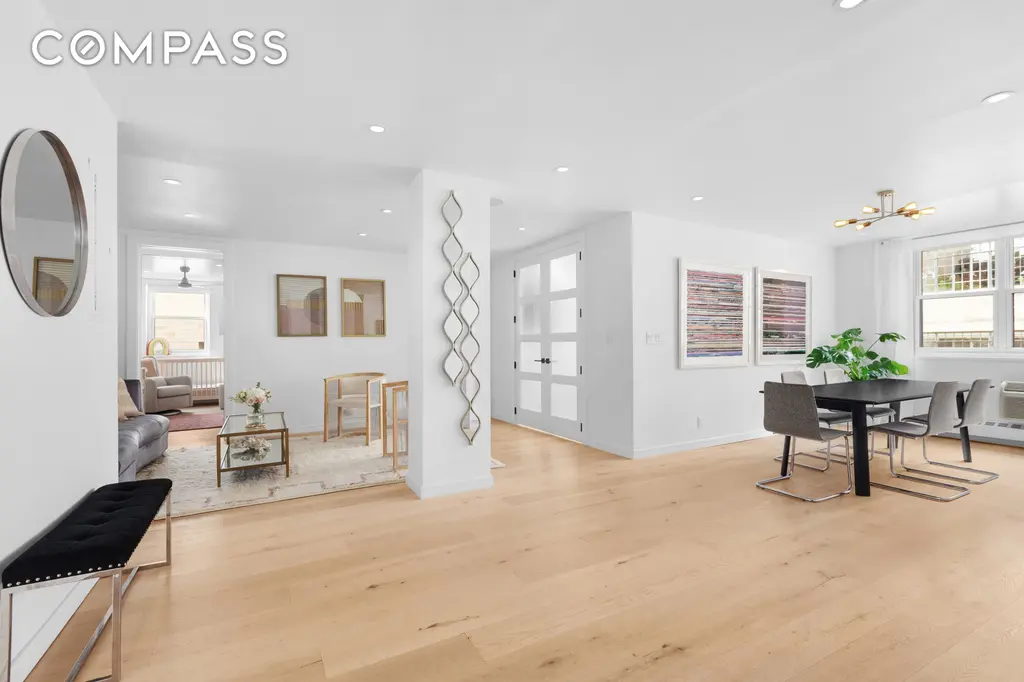
Randall House, #6U (Compass)

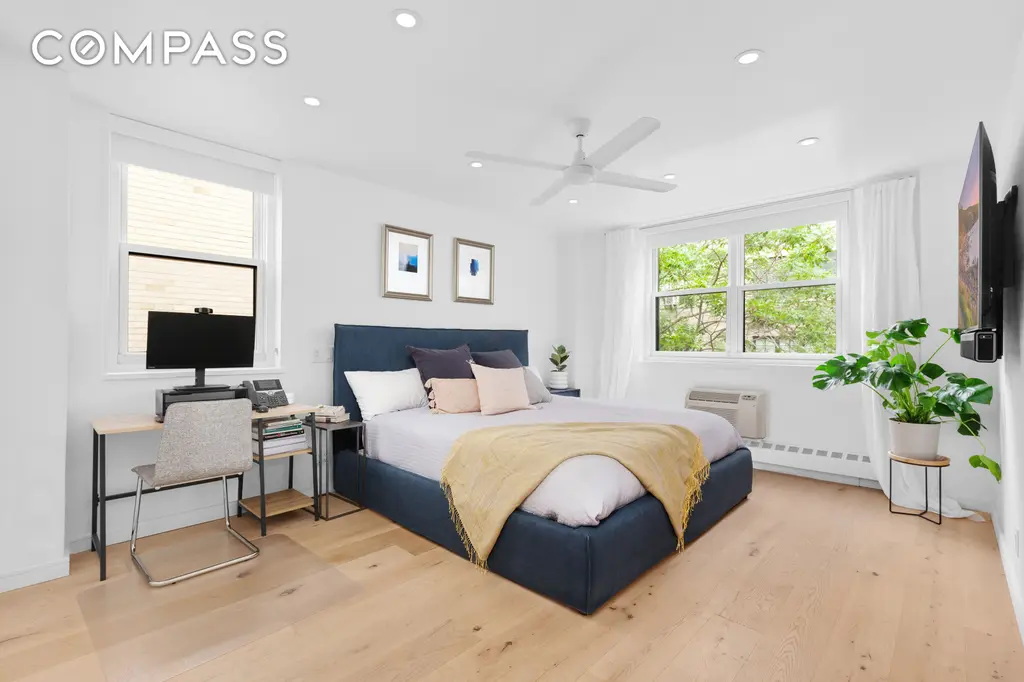
Snug Harbor, #A305
$2,060,000 (-10%)
Greenwich Village | Cooperative | 2 Bedrooms, 2 Baths | 1,200 ft2

Snug Harbor, #A305 (Brown Harris Stevens Residential Sales LLC)

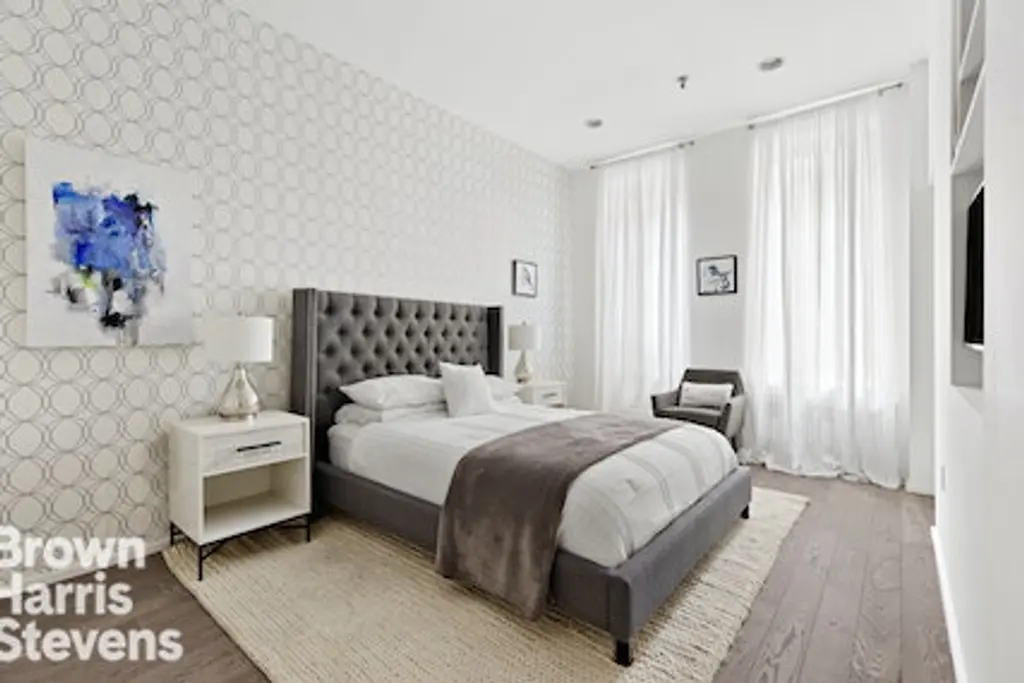
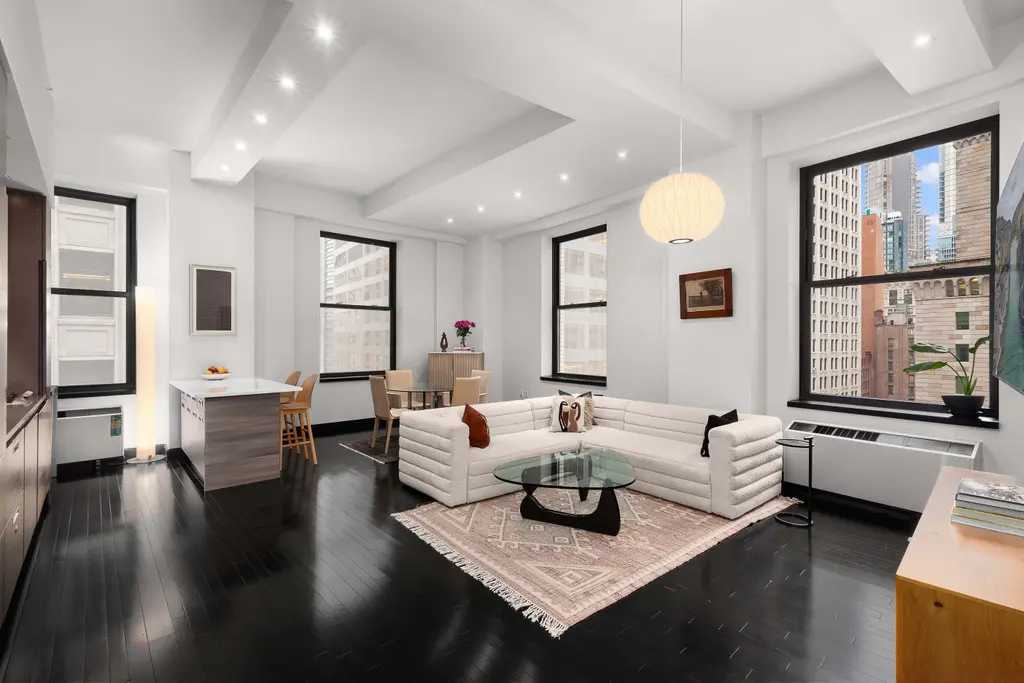
The Collection, #1013 (Serhant LLC)
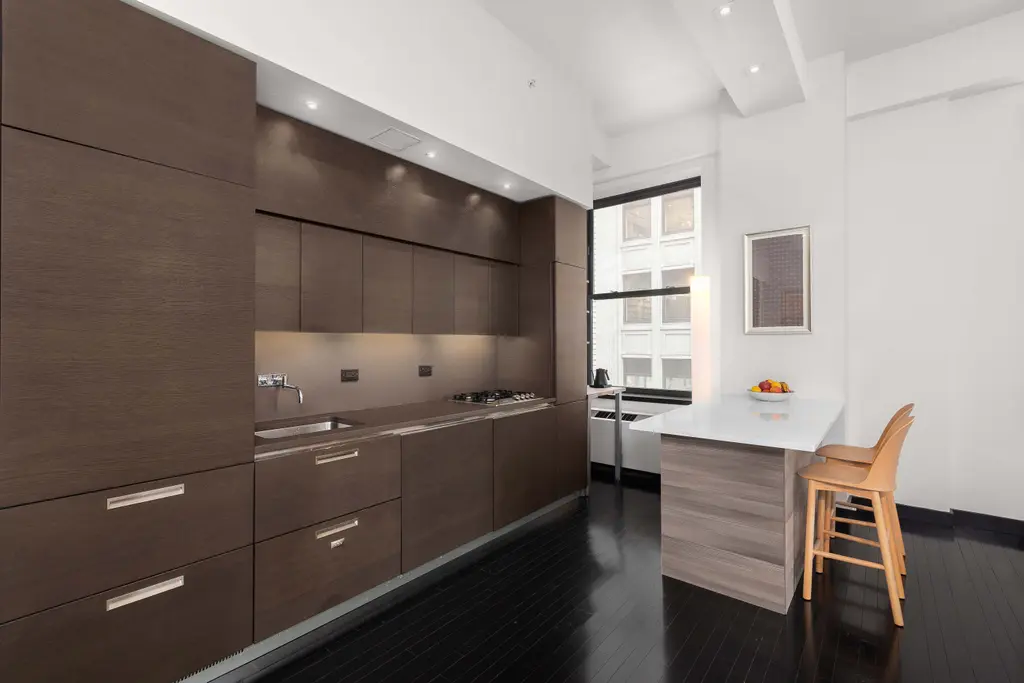
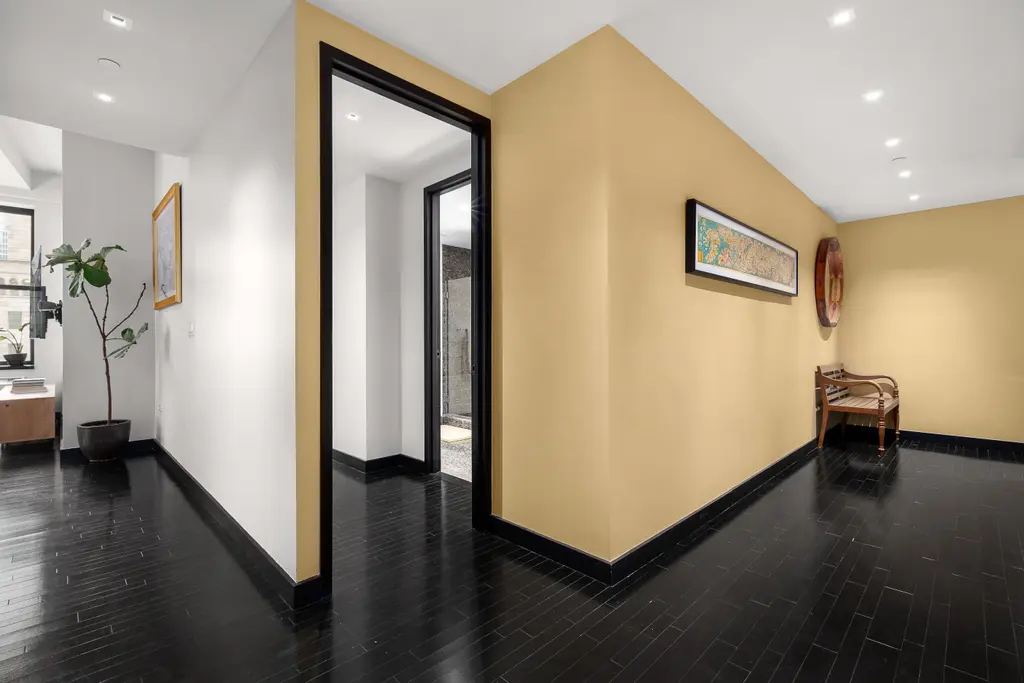
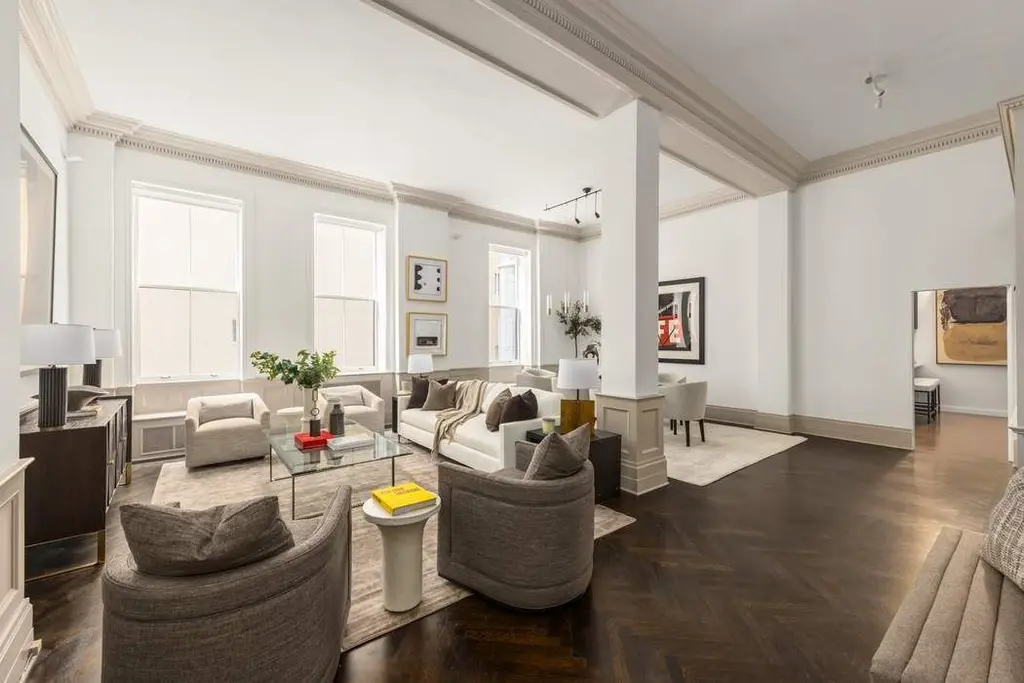
The Prasada, #1C (Sothebys International Realty)
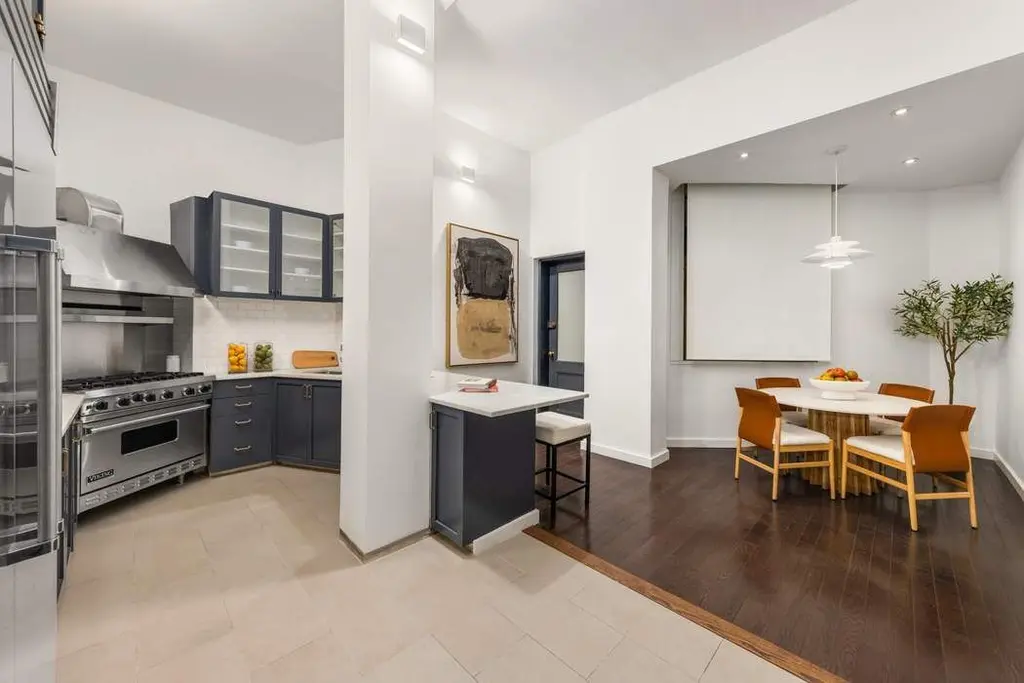
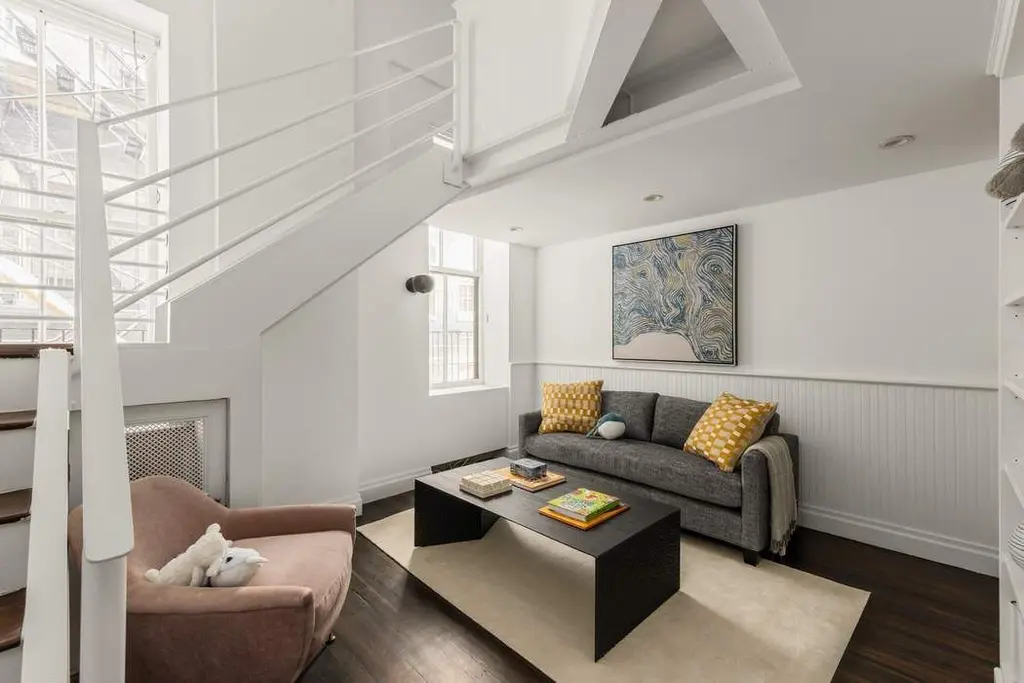
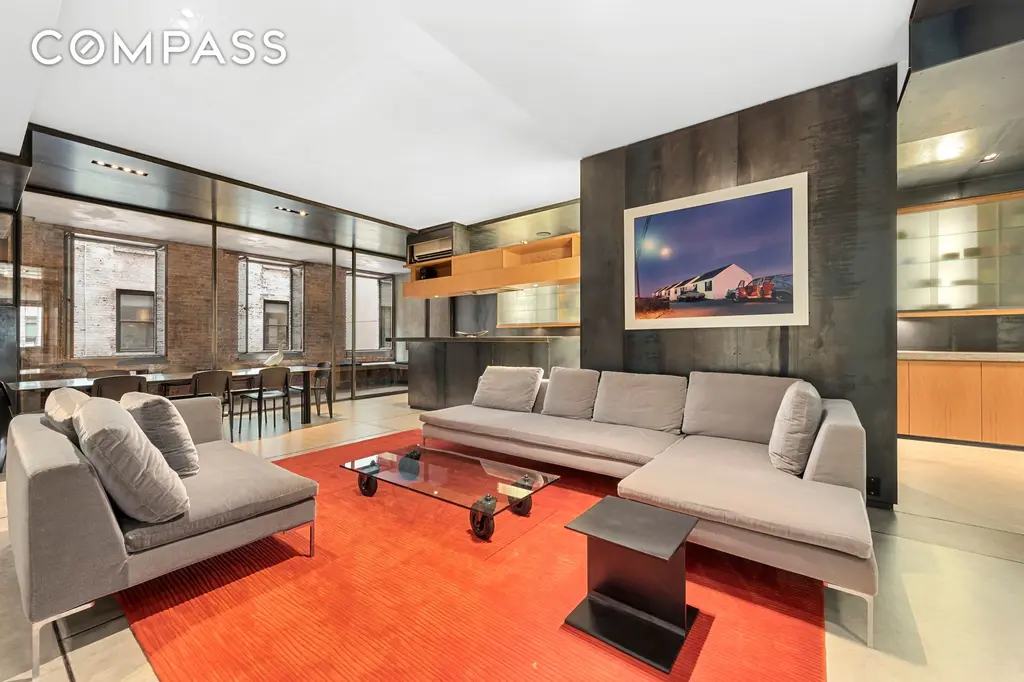
The Stafford, #2C (Compass)
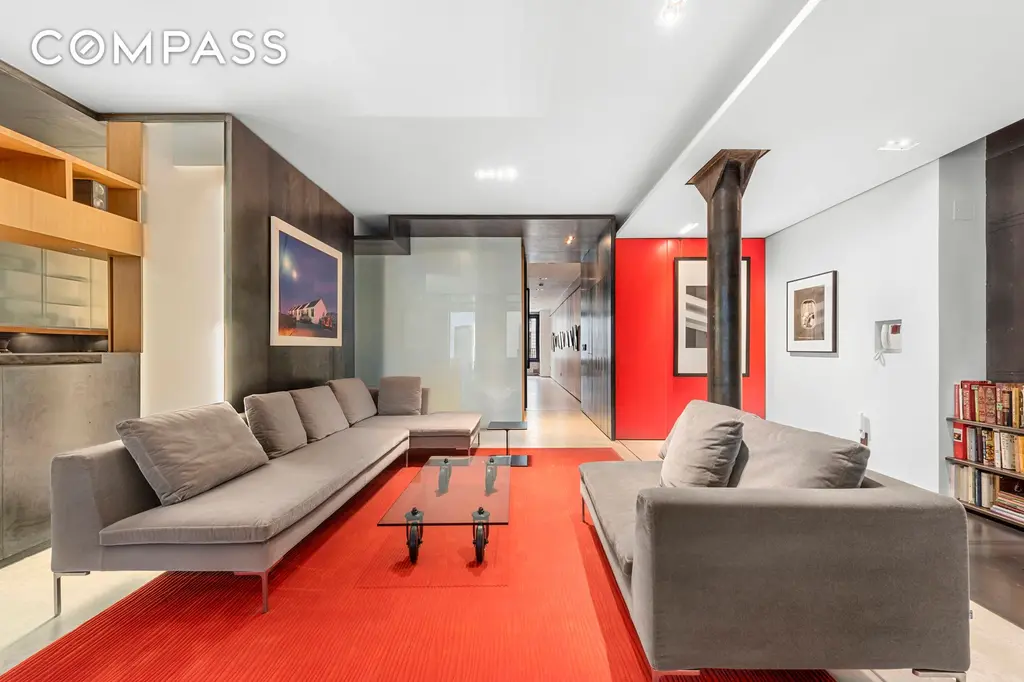
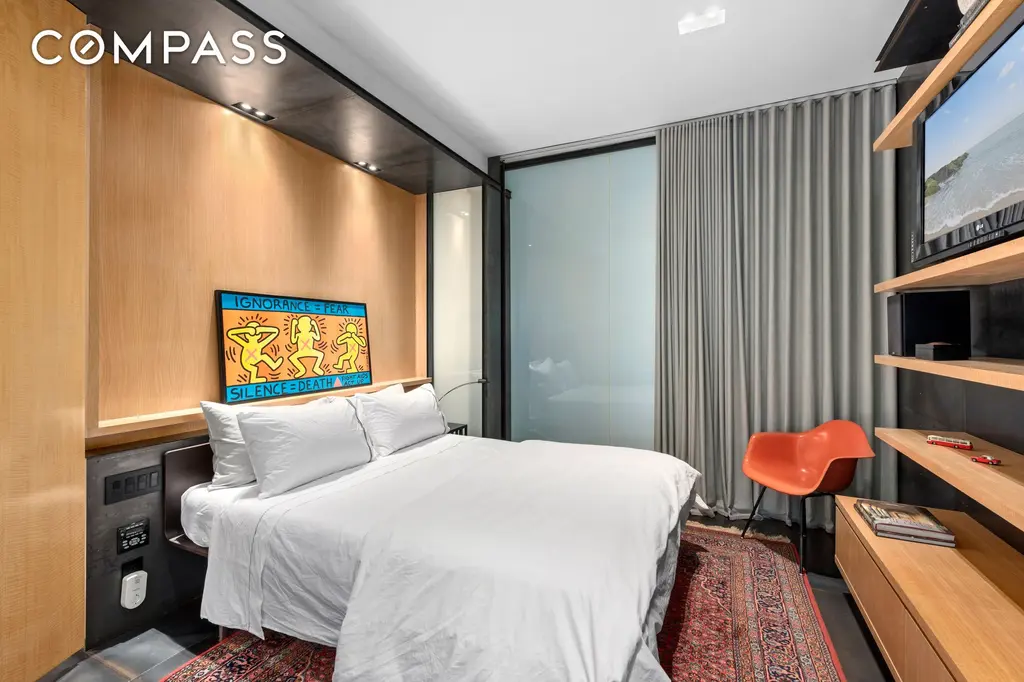
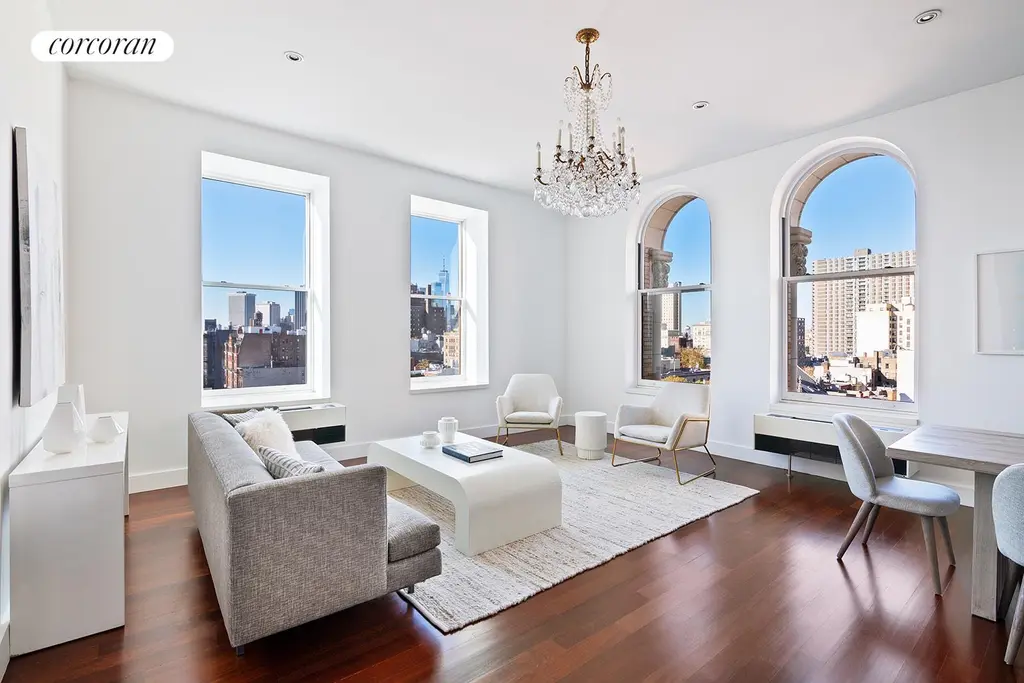
166 Montague Street, #7A (Corcoran Group)

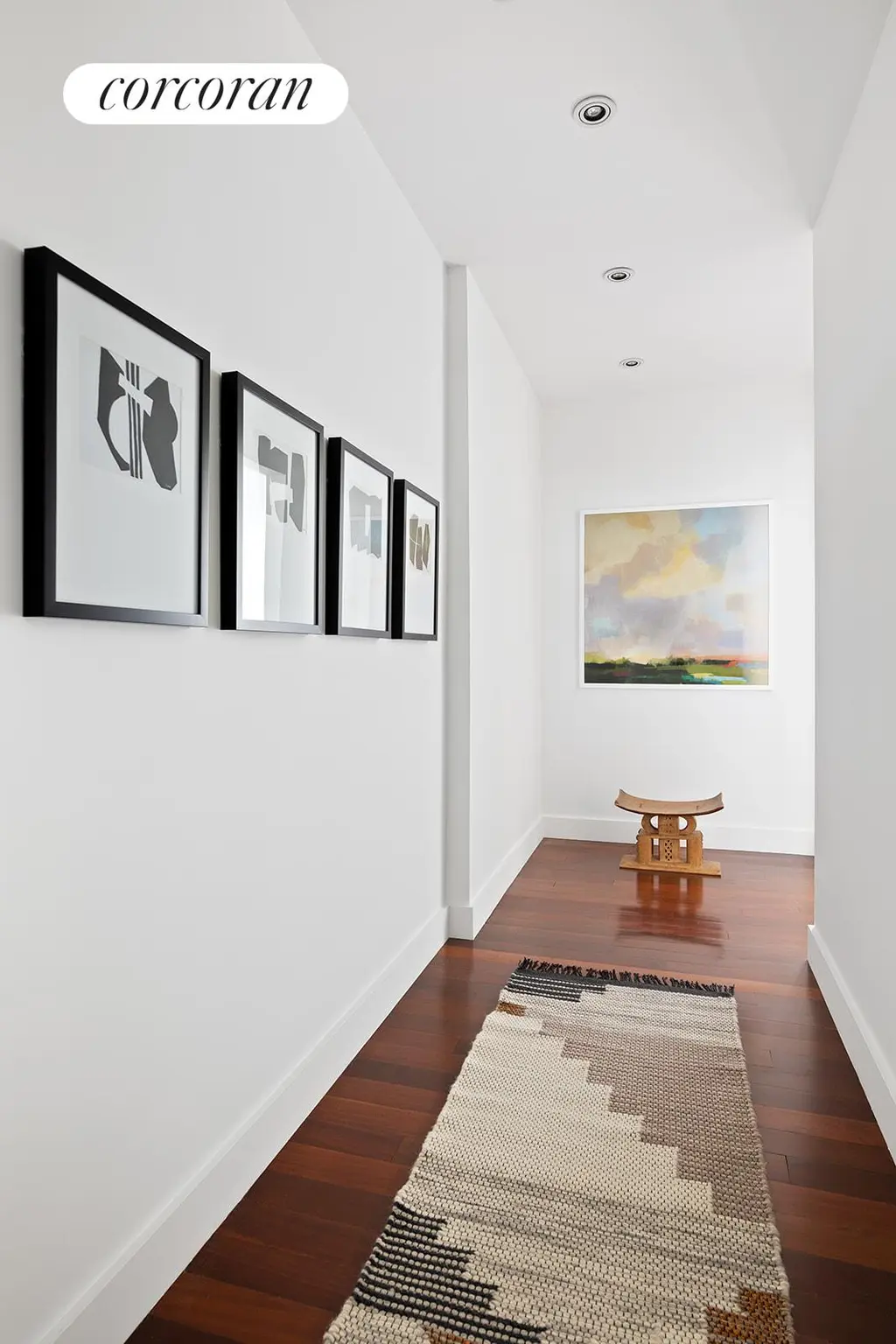
129 East 69th Street, #6/7A
$4,995,000
Park/Fifth Ave. to 79th St. | Cooperative | 4 Bedrooms, 3 Baths | 2,700 ft2
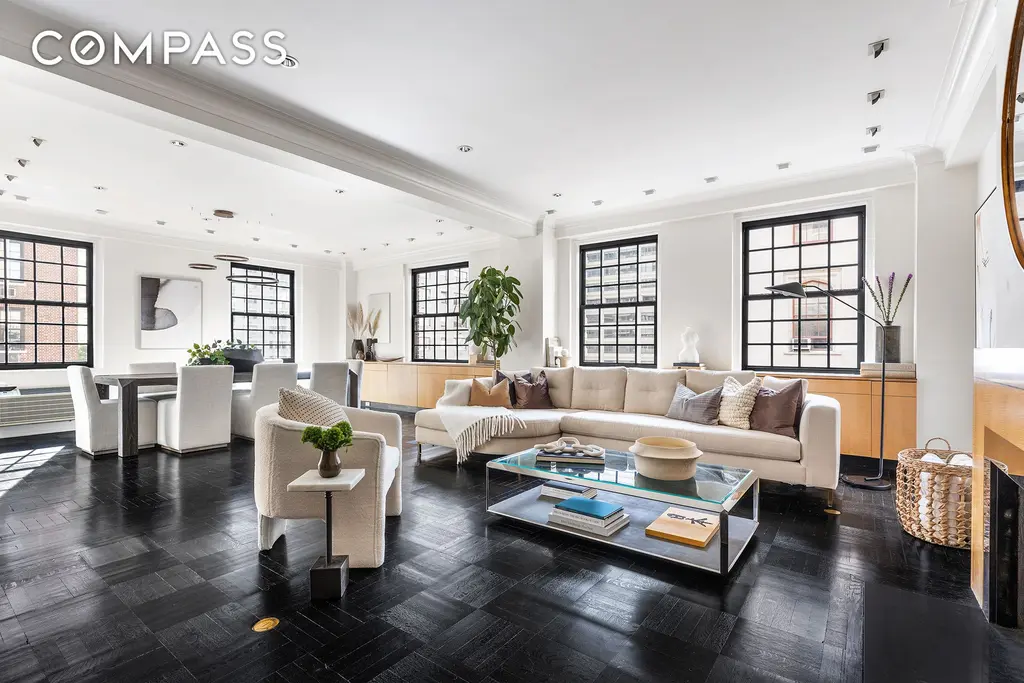
129 East 69th Street, #6/7A (Compass)
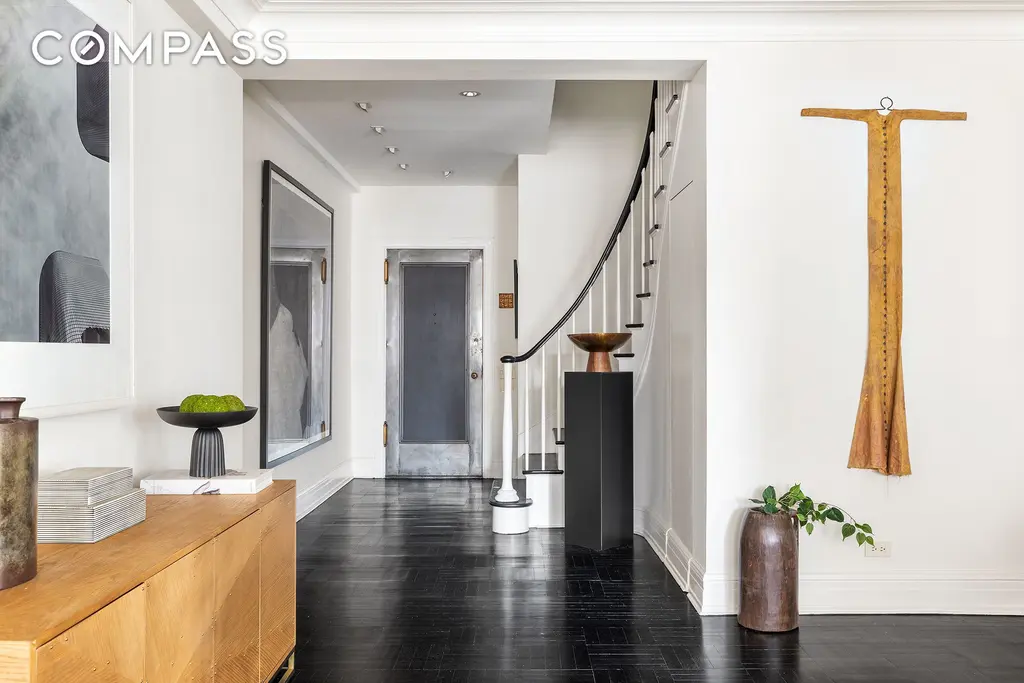
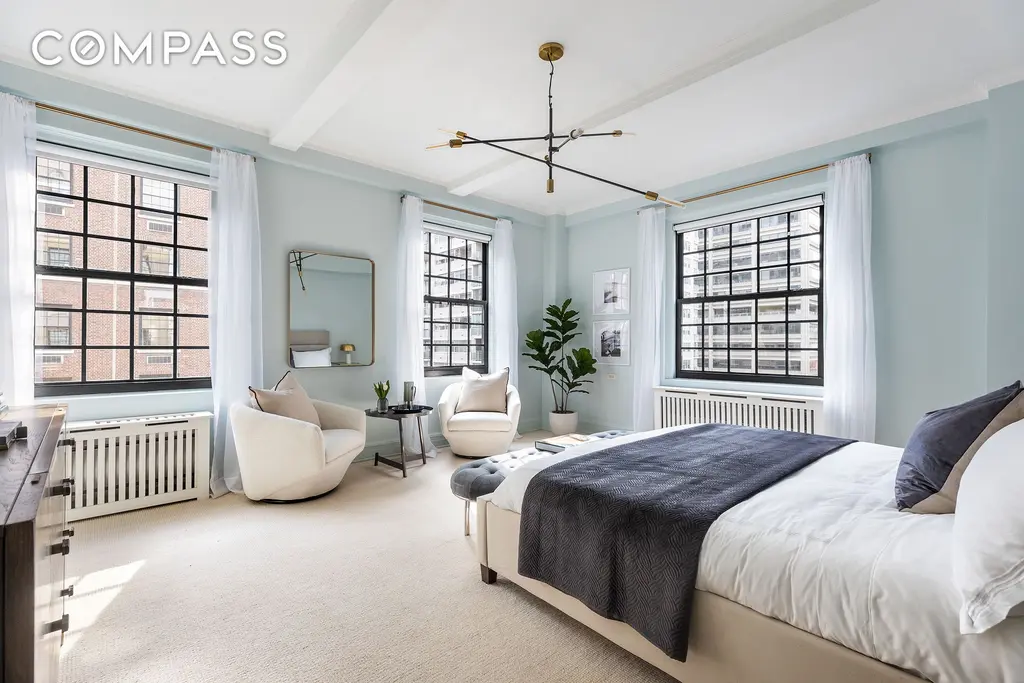
The Kensington, #5B
$6,450,000
Flatiron/Union Square | Cooperative | 3 Bedrooms, 3.5 Baths | 3,100 ft2
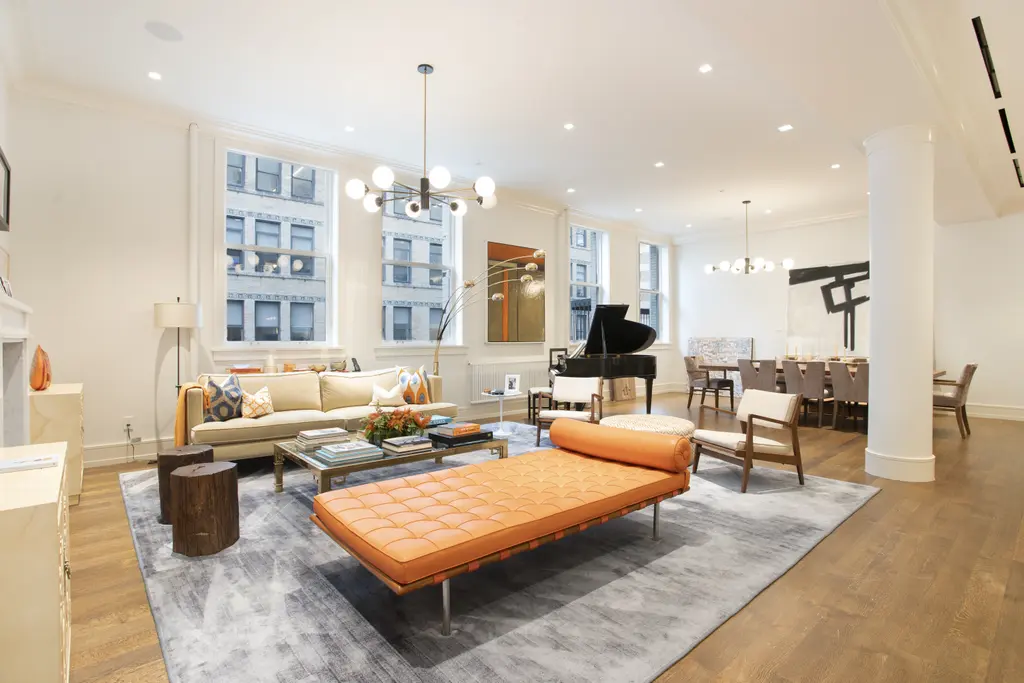
The Kensington, #5B (Luxe Group NYC LLC)
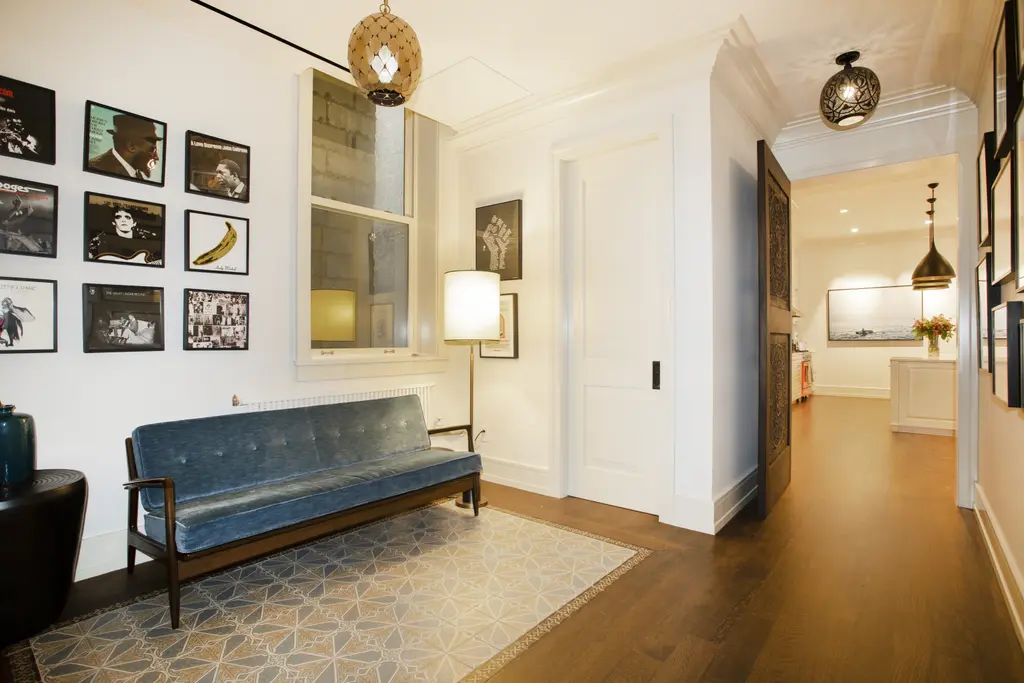
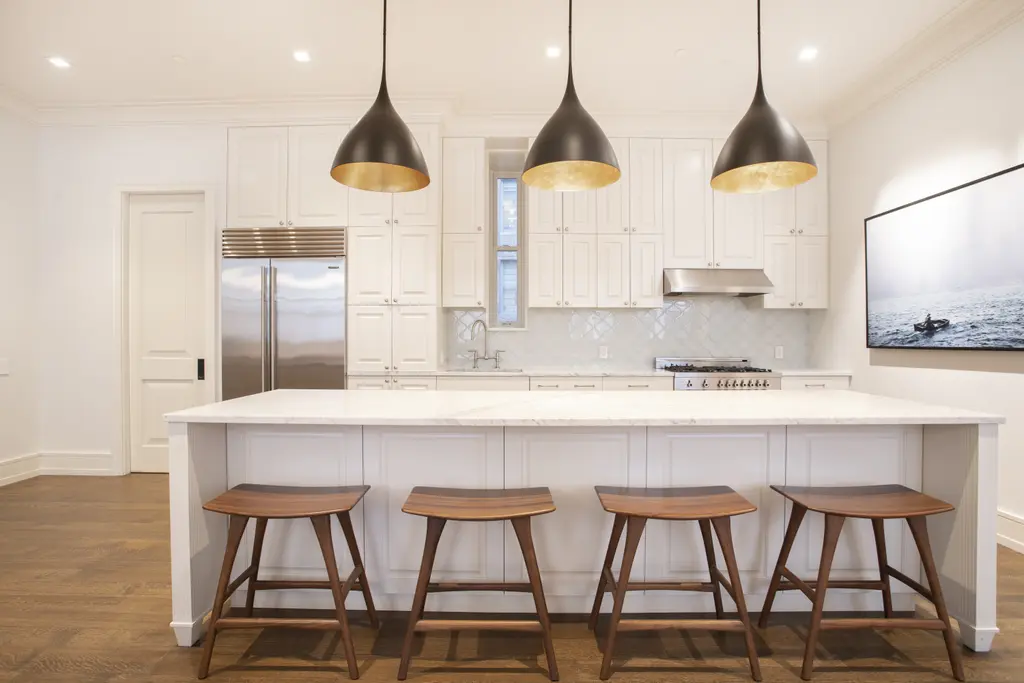

22 Bond, #2/3 (Corcoran Group)
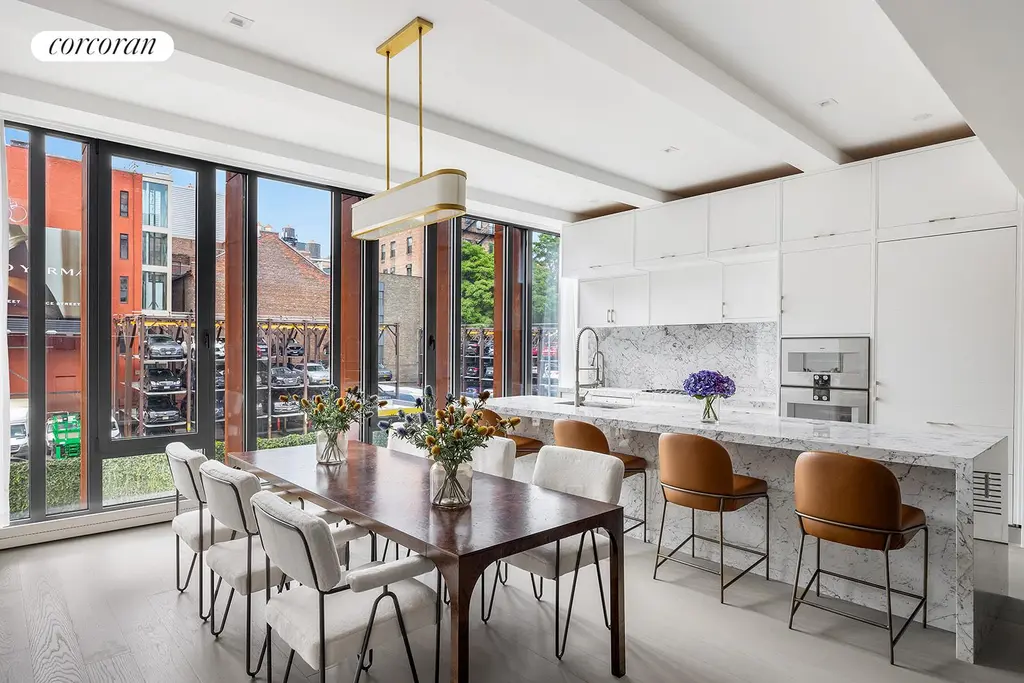
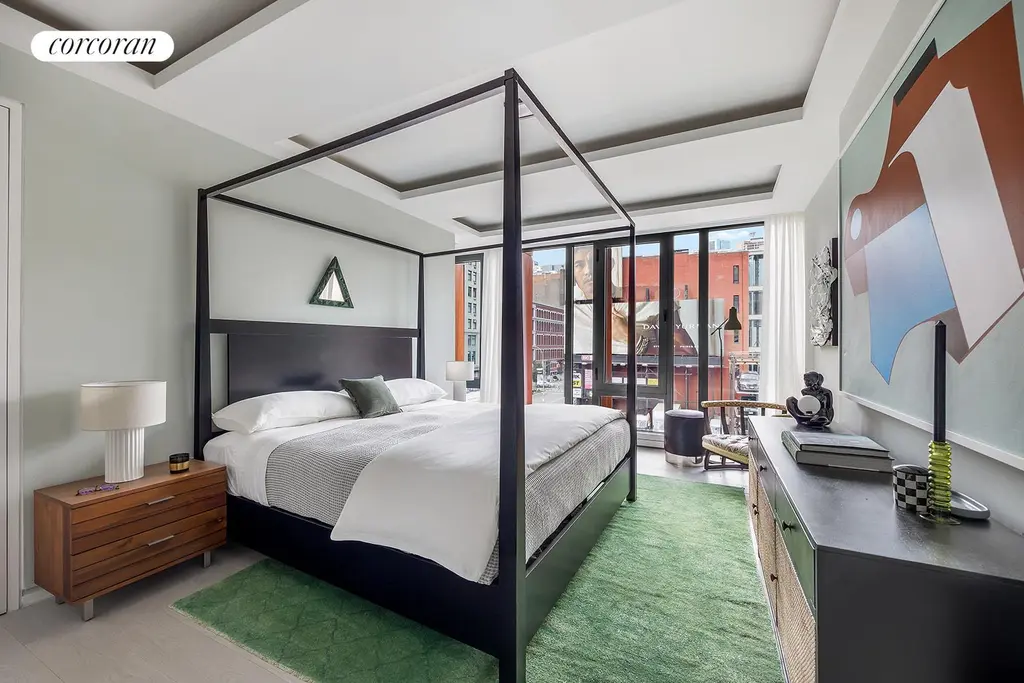
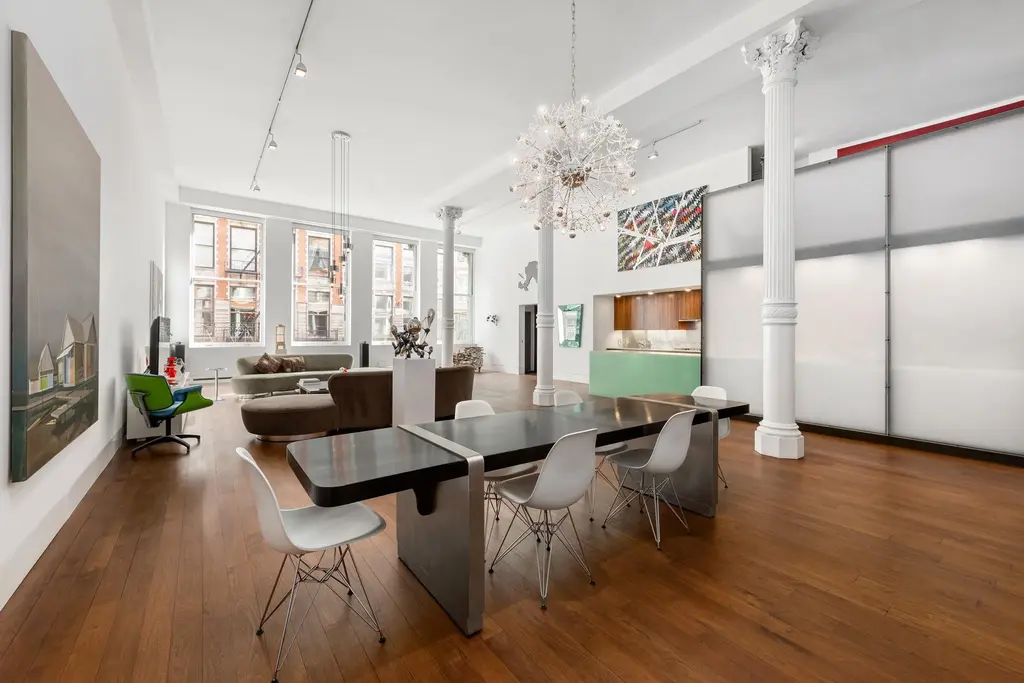
84 Mercer Street, #2B (Douglas Elliman Real Estate)
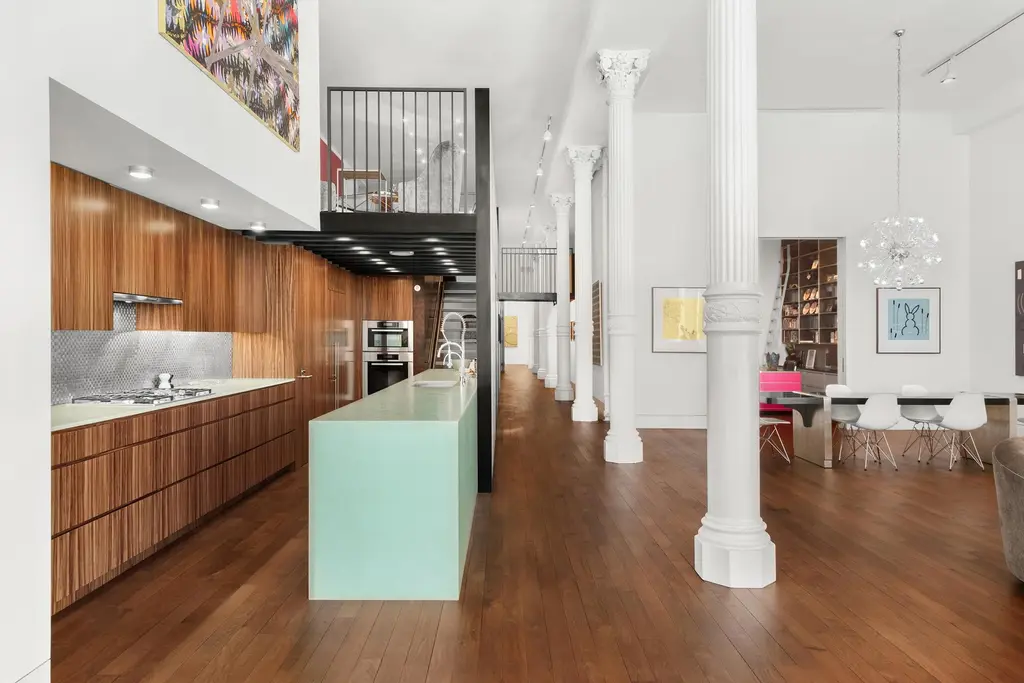
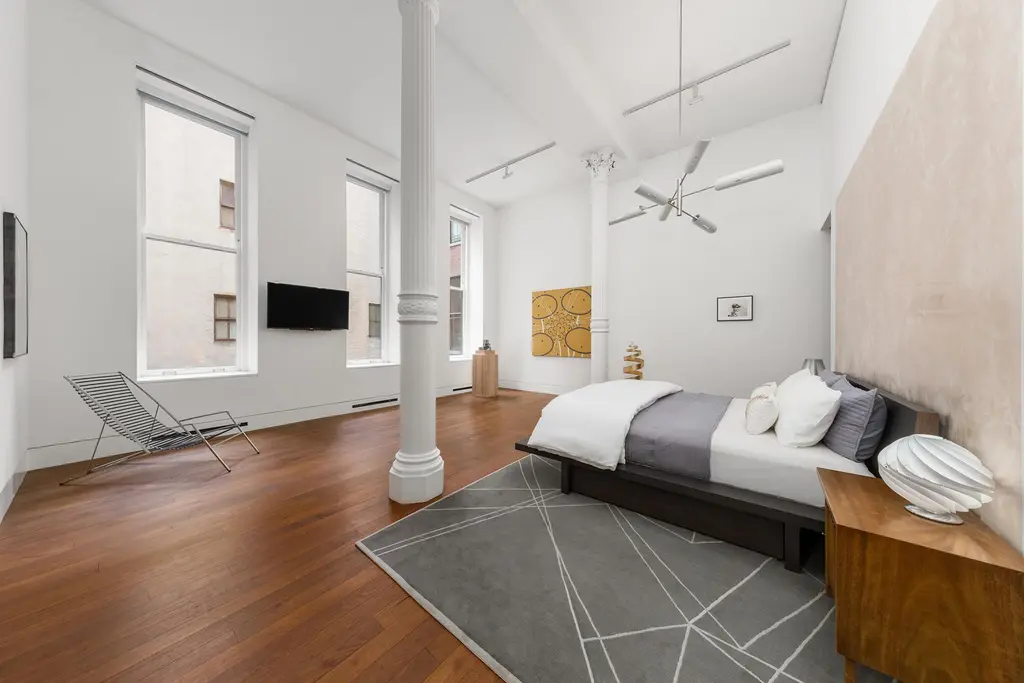
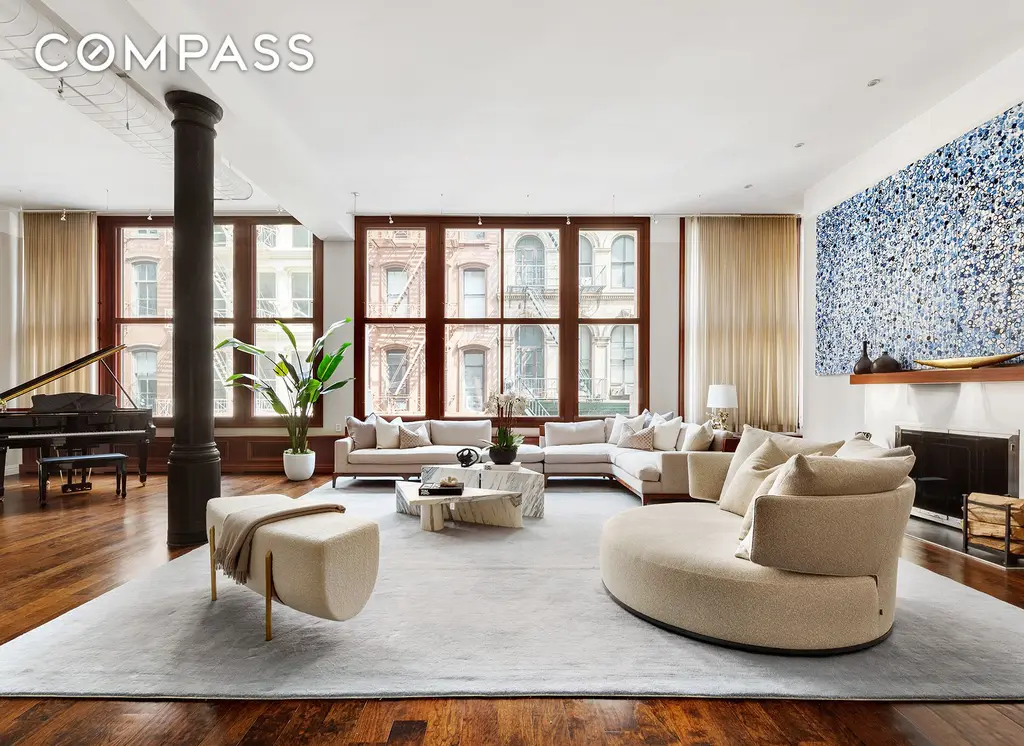
45 Walker Street, #2 (Compass)
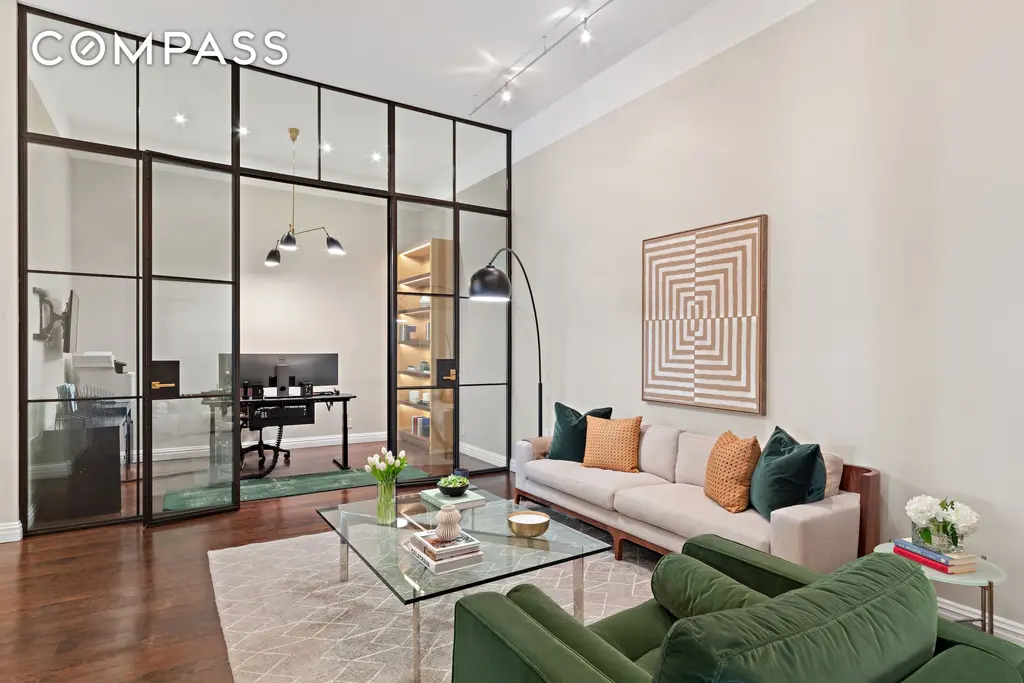

Would you like to tour any of these properties?
Just complete the info below.
Or call us at (212) 755-5544
Would you like to tour any of these properties?


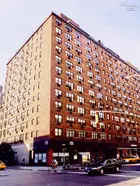
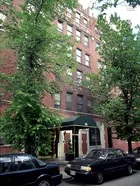

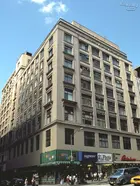
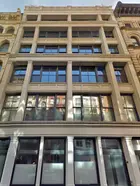
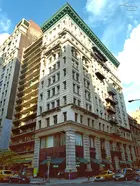
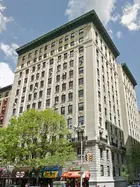

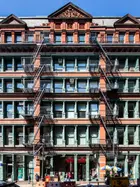
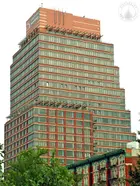

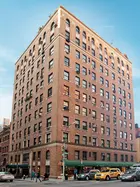


 6sqft delivers the latest on real estate, architecture, and design, straight from New York City.
6sqft delivers the latest on real estate, architecture, and design, straight from New York City.
